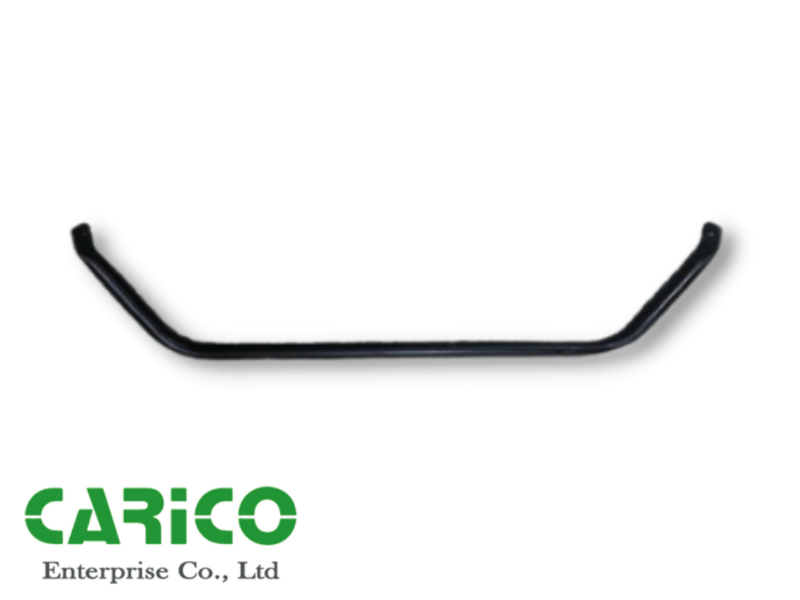2022-09-06
How to work on car suspension system repairs

The steering system of a car allows it to turn, while the suspension system straightens out the ride. However, things may go awry, making the trip difficult or hazardous to steer. This signifies it's time to fix things.
To control cars, a variety of suspension and steering systems have been utilized. Newer cars employ hydraulic cylinders termed struts instead of mechanical suspension that depends on springs & shock absorbers. Aside from that, rack and rack steering is used in many modern cars. A car's steering system should provide 80,000 - 100,000 miles of crisp turns if properly maintained. Therefore, you should never underestimate the importance of suspension system repairs. You will need to work on the repairs of the suspension.
My car doesn't turn along with the steering wheel. What should I do?
Here are some troubleshooting suggestions for suspension and steering systems. You can keep these facts in mind and see whether you can get proper functionality of the car without a problem.
- Check the amount of the power steering booster fluid if the car's power steering growls while turning.
- Check the drive belt just on power steering unit if the car emits a loud screech.
- If the car shimmies, check the tire pressure for any damage.
- Check the stabilizer or struts for loose components and wear if the vehicle leans severely in corners.
- The zerk fittings in the steering system need to be lubricated if the older car is difficult to steer.
Follow these steps to fix problems in your steering system
Inspection, adjustment, and replacement of tie-rod ends are all required. They link the steering unit to the wheels. If they are damaged or worn, they will eventually wear out. Make a note of where the old ones were so that the new ones may be installed in the same spot.
The steering system unit must be examined, adjusted, and, if required, replaced. With a wrench and a screwdriver, steering gear systems may be adjusted. The service handbook might be of assistance. If the wheel and column need to be replaced, they may need to be disassembled first. Because every car is different, the handbook must be examined. A test drive may be used to verify that the steering system has been fixed. Leaf springs, a suspension arm, a stabilizer bar, a shock absorber, and struts are all part of the car's rear suspension.
Follow this instructions to replace suspension parts
To begin, identify the car's unique suspension components. Place safety stands beneath the wheels after jacking up the car. Remove the brackets that hold the bar in place and replace the bushings. Shock absorbers are positioned within coil springs at each wheel and may be changed by unscrewing the bolts that link them to the rear suspension at the top and bottom.
Because shock absorbers & springs are under stress and might cause injury if incorrectly removed, the manufacturer's recommendations must be followed. Remove the bolts that link them to the rear suspension at the top and bottom. This is when the car service handbook comes in handy. Replace the whole strut. Lower and upper suspension arms are often installed on rubber bushings in cars. To replace them, loosen or remove the bolt that holds the bushing in place. If you feel like you are not in a position to get work done on your own, make sure that you seek the assistance of a repair specialist.
Contact us for more information!
CARICO ENTERPRISE CO., LTD.
TEL : 886-2-22766545
FAX : 886-2-89922408
No.10, Lane 63, Huacheng Rd, Xinzhuang Dist., New Taipei City 242-52, Taiwan
